Home>Home Maintenance>Where Do You Add Home Repairs On An Income Tax Return
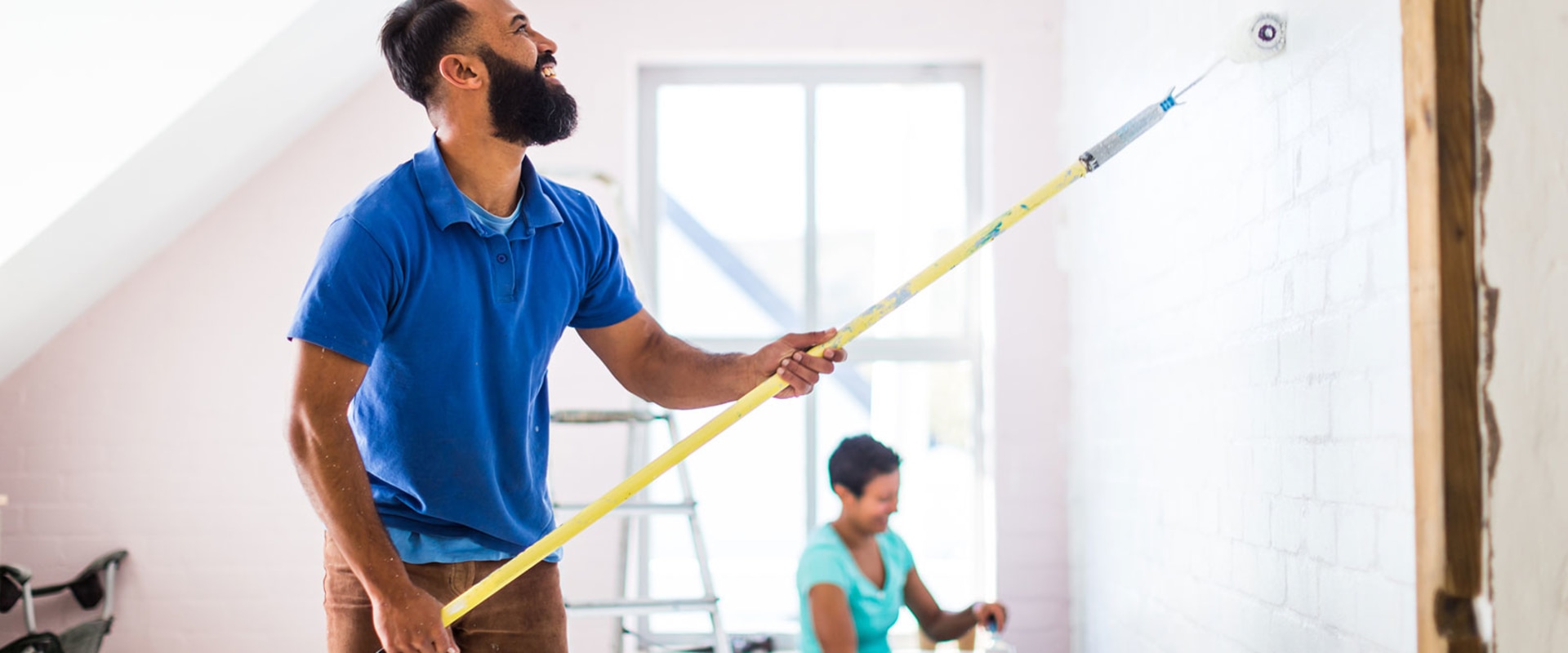

Home Maintenance
Where Do You Add Home Repairs On An Income Tax Return
Modified: March 6, 2024
Learn how to add home repairs to your income tax return with our step-by-step guide. Maximize your deductions and save on home maintenance expenses.
(Many of the links in this article redirect to a specific reviewed product. Your purchase of these products through affiliate links helps to generate commission for Storables.com, at no extra cost. Learn more)
Introduction
Welcome to the world of home repairs! Whether you are a seasoned homeowner or a first-time buyer, the journey of owning a home comes with its fair share of maintenance tasks. From fixing leaky faucets to repairing a roof, home repairs are necessary to keep your house in top condition.
But did you know that some of these home repairs could potentially be tax deductible? That’s right! By understanding the ins and outs of tax deductions for home repairs, you can potentially save some money when it comes to filing your income tax return.
In this comprehensive guide, we will explore the different types of home repairs, the tax deductible repairs you should know about, and how to report these repairs on your income tax return. So, let’s dive in and discover the world of home repairs and tax deductions!
Key Takeaways:
- Some home repairs, like energy-efficient upgrades and medical modifications, may be tax deductible, potentially saving you money on your income tax return. Keep records and consult a professional to maximize your deductions.
- It’s important to distinguish between deductible and non-deductible home repairs. Keep receipts, categorize expenses accurately, and seek guidance to ensure you’re claiming eligible deductions and complying with tax regulations.
Read more: How Do You Add Home Improvements On Zillow?
Understanding Home Repairs
Before we delve into the tax implications of home repairs, it’s important to have a clear understanding of what constitutes a home repair. Home repairs are the activities or changes made to your home to restore, fix, or improve its condition. They are essential for maintaining the functionality, safety, and aesthetic appeal of your property.
Home repairs can range from simple tasks like fixing a dripping faucet or patching up a small hole in the wall to more complex projects such as replacing a roof or remodeling a bathroom. These repairs can be undertaken by homeowners themselves or by hiring professionals such as plumbers, electricians, or contractors.
It’s important to note that home repairs are not to be confused with home improvements. While both home repairs and improvements aim to enhance your property, there is a key distinction between the two. Home repairs are generally undertaken to fix or maintain the existing features of your home, while home improvements involve making additions or upgrades to increase the value or functionality of your property.
Understanding the difference between repairs and improvements is crucial when it comes to determining whether or not they are tax deductible. While some home repairs may be eligible for tax deductions, home improvements typically do not qualify for tax benefits.
Now that we have a clear understanding of what home repairs entail, let’s explore the different types of home repairs and their potential tax implications.
Types of Home Repairs
Home repairs can be categorized into various types based on the areas of your home that require attention. Here are some common types of home repairs:
- Structural Repairs: These repairs involve fixing issues related to the structure of your home, such as foundation problems, cracks in walls or ceilings, or damaged support beams. Structural repairs are crucial for maintaining the stability and safety of your home.
- Plumbing Repairs: Plumbing repairs encompass fixing leaks, unclogging drains, repairing or replacing faucets, toilets, or pipes. Plumbing issues, if left unattended, can lead to water damage and mold growth, so timely repairs are essential.
- Electrical Repairs: Electrical repairs involve fixing faulty wiring, replacing damaged outlets, or addressing any electrical safety hazards. It’s important to address electrical issues promptly to prevent potential fire hazards.
- Roof Repairs: Roof repairs are necessary to fix leaks, damaged shingles, or any other issues impacting the integrity of your roof. Prompt roof repairs can prevent water damage and extend the lifespan of your roof.
- Appliance Repairs: This category includes repairs to household appliances such as refrigerators, dishwashers, air conditioners, or washing machines. Keeping your appliances in good working condition can save you money on energy bills and prevent the need for premature replacements.
- Painting and Finishing Repairs: These repairs involve touching up or repainting walls, ceilings, or furniture. It can also include refinishing or re-staining wood surfaces or repairing damaged flooring.
These are just a few examples of the types of home repairs that homeowners commonly encounter. It’s important to note that each repair type may have different tax implications, with some qualifying for tax deductions and others not.
Now that we have explored the different types of home repairs, let’s move on to understanding which repairs may be eligible for tax deductions.
Tax Deductible Home Repairs
When it comes to tax deductions for home repairs, not all repairs are created equal. Some repairs may be eligible for tax deductions, while others may not. It’s important to understand which home repairs fall into the category of tax deductible expenses.
In general, tax deductible home repairs are those that are considered necessary for the maintenance, repair, or preservation of your home. These repairs are typically classified as ordinary and necessary expenses incurred to keep your home in good condition.
Here are some examples of tax deductible home repairs:
- Energy Efficiency Improvements: Certain energy-efficient upgrades to your home, such as installing solar panels, energy-efficient windows, or insulation, may be eligible for tax credits or deductions. These improvements not only help save energy but can also save you money on your tax bill.
- Medical Modifications: If you make modifications to your home to accommodate medical needs, such as installing ramps, handrails, or modifying bathrooms for accessibility, these expenses may be deductible as medical expenses.
- Home Office Repairs: If you have a home office and you make repairs or improvements to this designated workspace, such as painting, installing shelves, or upgrading office equipment, these expenses may be deductible if they are exclusively used for business purposes.
It’s important to note that the tax deductibility of home repairs may also depend on other factors, such as your income level, the purpose of the repair, and whether it is directly related to your main residence.
Now that we’ve covered tax deductible home repairs, let’s take a look at repairs that are generally not eligible for tax deductions.
Non-Deductible Home Repairs
While there are certain home repairs that may be eligible for tax deductions, it’s important to understand that not all repairs qualify for this benefit. Some repairs are considered personal expenses and do not meet the criteria for tax deductions.
Here are some examples of non-deductible home repairs:
- Cosmetic Repairs: Expenses incurred for purely cosmetic purposes, such as repainting a room, replacing wallpaper, or upgrading purely for aesthetic reasons, are generally not tax deductible. These repairs are considered personal expenses and are not viewed as necessary for the maintenance or repair of your home.
- General Maintenance: Routine and general maintenance tasks, such as lawn care, gutter cleaning, or routine HVAC system maintenance, are typically not tax deductible. These are considered regular upkeep expenses and are not directly related to repairs required to maintain the functionality or safety of your home.
- Home Improvements: As mentioned earlier, home improvements, which involve making upgrades or additions to your home, generally do not qualify for tax deductions. These improvements are viewed as increasing the value or functionality of your property, rather than necessary repairs for maintenance or preservation.
It’s important to carefully assess the purpose of your home repairs and determine whether they fall into the category of tax deductible expenses or non-deductible expenses. Consulting with a tax professional or accountant can also provide guidance on specific deductibility rules and regulations.
Now that we understand the difference between tax deductible and non-deductible home repairs, let’s move on to how to report these repairs on your income tax return.
Read more: How Do You Return A Dreamcloud Mattress
Reporting Home Repairs on Income Tax Returns
When it comes to reporting home repairs on your income tax return, the process can vary depending on your specific circumstances and the type of repair you have undertaken. Here are some key forms and considerations to keep in mind:
- Form 1040 Schedule A – Itemized Deductions: If you choose to itemize your deductions instead of taking the standard deduction, you may be able to deduct certain home repair expenses on Schedule A. These deductions fall under the category of “Miscellaneous Itemized Deductions” and must meet specific criteria, such as exceeding 2% of your adjusted gross income (AGI).
- Form 1040 Schedule C – Profit or Loss From Business: If you have a home-based business and have made repairs or improvements to the portion of your home used for business purposes, you can report these expenses on Form 1040 Schedule C. This allows you to deduct a portion of the repair costs based on the percentage of your home used for business.
- Form 1099-MISC – Miscellaneous Income: If you hire contractors or professionals to carry out the repairs and pay them a certain amount, you may be required to report those payments on Form 1099-MISC. This form is used to report miscellaneous income, including payments made to independent contractors.
It’s important to keep accurate records of all home repair expenses, including receipts, invoices, and any relevant documentation, to substantiate your deductions or claims. This documentation will be crucial in case of an audit or if the IRS requests proof of your deductions.
If you have any doubts or questions regarding the reporting of home repairs on your income tax return, it’s advisable to seek guidance from a tax professional or accountant. They can provide personalized advice based on your specific situation and help ensure that you are following the correct procedures.
Now let’s move on to the importance of keeping records of your home repairs.
You can’t deduct home repairs on your income tax return, but you may be able to deduct home improvements that increase the value of your home. Keep track of these expenses for potential future tax benefits.
Form 1040 Schedule A – Itemized Deductions
Form 1040 Schedule A is an important document when it comes to claiming itemized deductions on your income tax return. If you choose to itemize your deductions instead of taking the standard deduction, you will need to complete Schedule A to report your eligible expenses, including certain home repair costs.
Here are some key points to keep in mind when it comes to Form 1040 Schedule A and home repair deductions:
- Eligible Expenses: On Schedule A, you can report eligible home repair expenses under the category of “Miscellaneous Itemized Deductions.” These deductions are subject to certain limitations, including exceeding 2% of your adjusted gross income (AGI) before becoming deductible.
- Categorizing Repairs: It’s important to accurately categorize your home repair expenses on Schedule A. You should separate deductible repairs from non-deductible expenses, such as general maintenance or cosmetic improvements. This way, you can ensure that you are claiming deductions only for eligible repairs.
- Documentation: It is crucial to keep detailed records of all your home repair expenses, including receipts, invoices, and any other relevant documentation. These records will serve as evidence in case of an audit or if the IRS requests proof of your deductions.
While completing Form 1040 Schedule A can be complex, it is a worthwhile endeavor as it allows you to potentially claim deductions for home repairs and other eligible expenses. It’s important to consult with a tax professional or accountant to ensure that you are accurately reporting your deductions and maximizing your tax benefits.
Remember, itemizing deductions may not be the best option for everyone. It’s essential to compare your total itemized deductions to the standard deduction to determine which option provides the most tax savings for your specific situation.
Now that we have discussed Form 1040 Schedule A, let’s move on to another relevant form for reporting home repairs on your income tax return.
Form 1040 Schedule C – Profit or Loss From Business
If you have a home-based business and have incurred repair expenses related to your business operations, Form 1040 Schedule C is the form you will use to report these expenses. Schedule C is used to calculate the profit or loss from your business activities and allows you to deduct eligible expenses, including home repairs, that are directly related to your business.
Here are some important points to consider when it comes to Form 1040 Schedule C and home repair deductions for business owners:
- Home Office Expenses: If you have a designated area of your home used exclusively for your business, you may be able to deduct a portion of your home repair expenses. This includes repairs to the office space or any other areas used for business purposes.
- Proportional Deductions: When reporting home repair expenses on Schedule C, you must allocate the deductions based on the percentage of your home that is used for business. This is determined by the square footage of your home office in relation to the total square footage of your home.
- Documentation: Just like with Schedule A deductions, it is vital to maintain detailed records of all your repair expenses for your home office. Keep receipts, invoices, and any other relevant documents to substantiate the deductions you claim on Schedule C.
It’s important to note that the repairs claimed on Schedule C should be directly related to your business activities. Expenses for repairs that solely benefit your personal living space may not be deductible under this form.
Filing Form 1040 Schedule C can be complex, especially for business owners who have both personal and business-related expenses. Seeking guidance from a tax professional or accountant who specializes in small business taxes is highly recommended to ensure accurate reporting and maximize your deductions.
Now that we understand how to report home repairs for business owners, let’s move on to another important form that comes into play when reporting home repair expenses.
Form 1099-MISC – Miscellaneous Income
If you have hired contractors or professionals to carry out home repairs and have paid them a certain amount, you may be required to report those payments on Form 1099-MISC. This form is used to report miscellaneous income, including payments made to independent contractors.
Here are some key points to keep in mind when it comes to Form 1099-MISC and reporting home repair expenses:
- Threshold Amount: Generally, you are required to report payments of $600 or more made to contractors, including those hired for home repairs. If you have paid a contractor this threshold amount or more during the tax year, you will need to issue them a Form 1099-MISC.
- Information Reporting: When filling out Form 1099-MISC, you will need to provide certain information about the contractor, including their name, address, and Social Security Number or Employer Identification Number (EIN).
- Tax Implications for Contractors: It’s important to note that providing a Form 1099-MISC to a contractor does not automatically determine their tax obligations. Contractors are responsible for reporting their income and paying the appropriate taxes on their own.
Issuing Form 1099-MISC ensures compliance with the IRS’s reporting requirements and allows contractors to report their income accurately. Failure to issue Form 1099-MISC to qualifying contractors when required may result in penalties.
As a homeowner, it’s important to keep track of all payments made for home repairs and consult with a tax professional or accountant to determine if issuing Form 1099-MISC is necessary or if any exceptions apply.
Now that we have discussed Form 1099-MISC and its relevance to reporting home repair expenses, let’s move on to the importance of keeping detailed records of your home repairs.
Keeping Records of Home Repairs
When it comes to the tax implications of home repairs, maintaining accurate and organized records is crucial. Proper record-keeping ensures that you have all the necessary documentation to support your deductions and claims if they are ever questioned by the IRS. Here are some tips for effectively keeping records of your home repairs:
- Save Receipts and Invoices: Keep all receipts and invoices for materials, supplies, and services used for the repairs. These documents should clearly indicate the nature of the repair, the date of the transaction, the amount paid, and the contact information of the service provider or vendor.
- Take Before and After Photos: Capture visual evidence of the condition of your home before and after the repair. These photos serve as valuable documentation to demonstrate the necessity of the repair and its impact on the improvement or maintenance of your property.
- Maintain a Repair Log: Create a log or spreadsheet to record details of each repair, including the date, the specific repair or improvement made, the cost, and any additional information that may be relevant. This log will help you keep track of your repair expenses and easily reference them when needed.
- Organize Digital Records: In addition to physical copies of receipts and invoices, consider creating digital copies and storing them securely. Use cloud storage or a dedicated digital filing system to keep all your digital records organized and easily accessible.
- Separate Personal and Business Expenses: If you have a home-based business and claim home repair expenses as business deductions, ensure that you separate personal and business-related expenses. Keep records and receipts specifically for business-related repairs to simplify the reporting process.
- Consult with a Professional: If you are unsure about any aspect of record-keeping or the deductibility of certain repairs, seek guidance from a tax professional or accountant. They can provide expert advice tailored to your specific situation and help ensure that you adhere to all tax regulations.
By diligently organizing and maintaining records of your home repairs, you can provide accurate documentation for any potential audits or inquiries and maximize your tax deductions. Remember, it’s better to have thorough records and not need them than to need them and not have them!
Now that we know the importance of record-keeping, let’s wrap up our comprehensive guide to home repairs and tax deductions.
Conclusion
Home repairs are a necessary part of homeownership, and understanding the tax implications associated with these repairs can help you minimize your tax liability. By identifying which repairs may be tax deductible and properly reporting them on your income tax return, you can potentially save money and maximize your deductions.
Throughout this comprehensive guide, we have explored various aspects of home repairs and their relation to income tax returns. We learned about the different types of home repairs, distinguishing between deductible and non-deductible expenses. We also discussed the specific forms like Form 1040 Schedule A for itemized deductions, Form 1040 Schedule C for business owners, and Form 1099-MISC for reporting payments to contractors.
Additionally, we highlighted the importance of keeping detailed records of your home repairs, including receipts, invoices, and documentation. Proper record-keeping ensures you have the necessary evidence to support your deductions and claims, providing peace of mind should you ever face an audit or inquiry from the IRS.
Remember, it’s always advisable to consult with a tax professional or accountant who can guide you through the intricacies of claiming deductions for home repairs. They can offer personalized advice based on your specific circumstances and help ensure that you comply with tax regulations while maximizing your deductible expenses.
So, as you embark on your home repair projects, keep in mind the potential tax benefits that may be available to you. Take the time to understand the tax rules, maintain accurate records, and seek expert advice if needed. By doing so, you can make the most out of your home repairs while keeping your tax obligations in check.
Happy repairing and happy tax savings!
Frequently Asked Questions about Where Do You Add Home Repairs On An Income Tax Return
Was this page helpful?
At Storables.com, we guarantee accurate and reliable information. Our content, validated by Expert Board Contributors, is crafted following stringent Editorial Policies. We're committed to providing you with well-researched, expert-backed insights for all your informational needs.
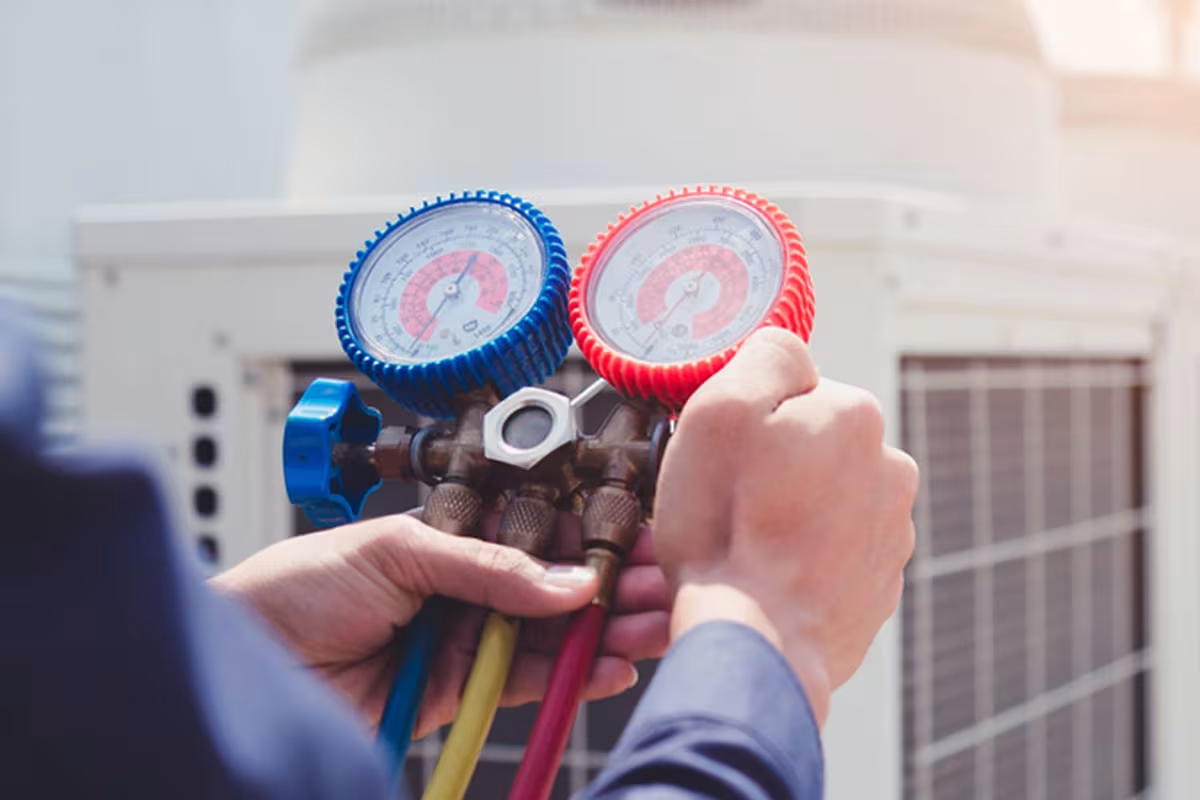




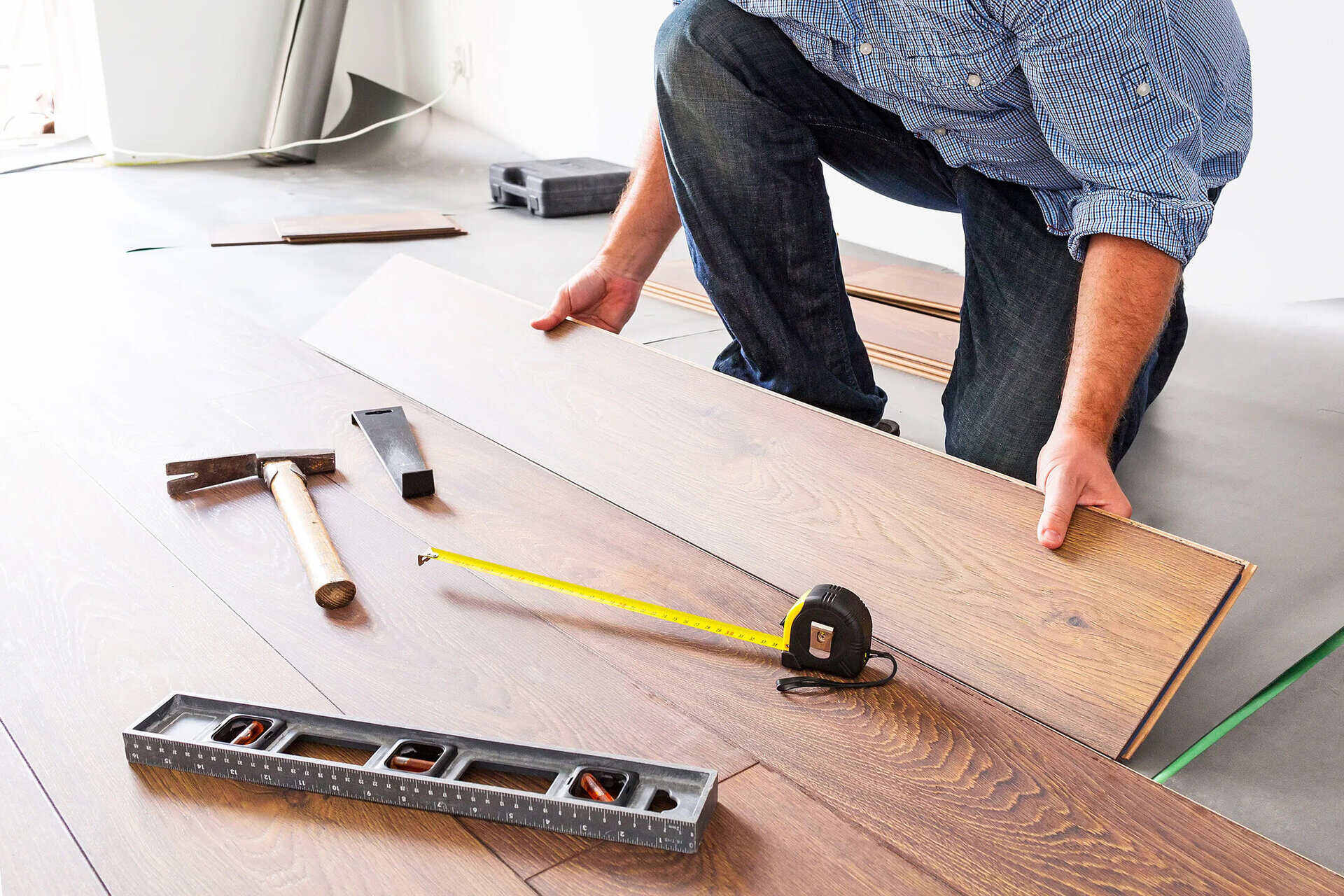





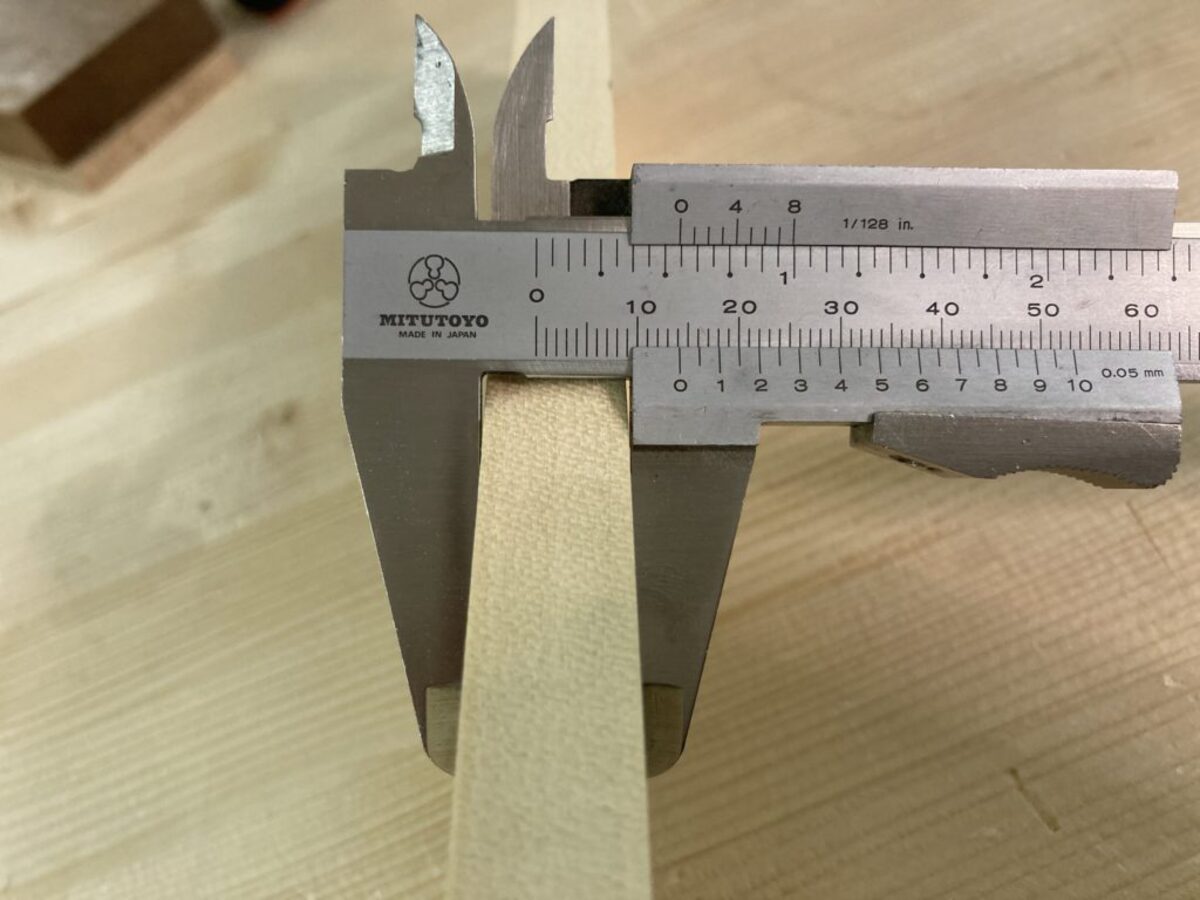
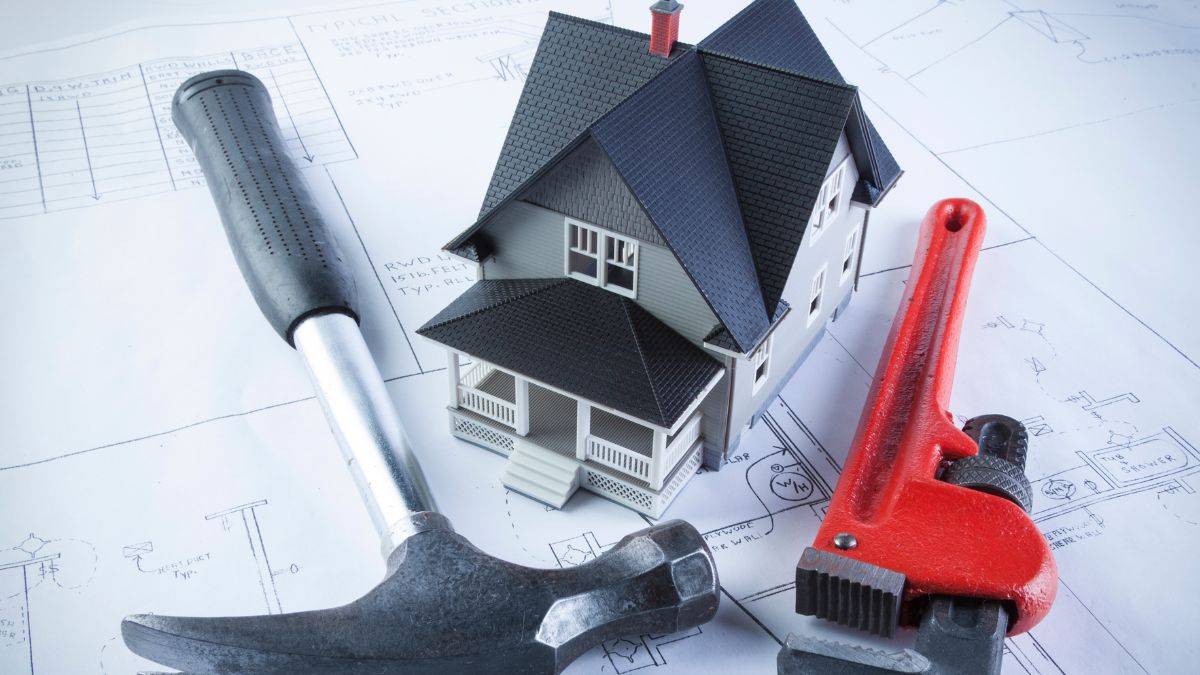

0 thoughts on “Where Do You Add Home Repairs On An Income Tax Return”